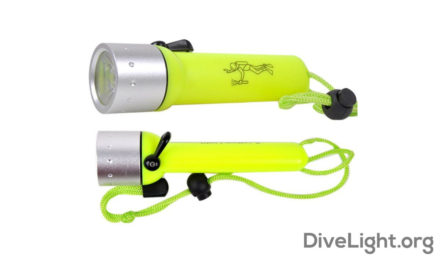The right scuba flashlight allows you to add color to the underwater world and illuminate sights that would otherwise be undetectable in the ocean’s dark depths. Compared to some years back, advances in technology have made dive lights much more efficient. Scuba flashlights are now available in a variety of styles and they include a range of features that all aim at enhancing your diving experience.
Since the needs of divers vary it is important to first understand how you intend to use the flashlight to help you narrow down your choices. Will you be diving during the day or at night? Is it just for recreational use or are you a technical diver? Answering these questions will help you identify the important features your dive light should have.
Once you know what you need from a dive light, consider the types of lighting technology available. For most divers, LED lights are the ideal choice as they are both durable and affordable. However, for specialized applications it may be necessary to employ the use of HID (High Intensity Discharge) lighting technology.
The next important step is to assess the suitability of the product in question to your needs. Consider factors like ergonomics, power levels, light output and beam size and shape. By doing so you will be able to gauge the usefulness of the product against the price you are paying and then assess if it is worth the investment.
Dive lights can be categorized as primary lights, secondary lights, video/photo lights or specialty lights. A great pick that cuts across these categories is the Underwater Kinetics Light Cannon eLED L1 dive light. The torch has a detachable pistol grip that allows divers to convert it to a lantern-style torch. It can run for up to 20 hours when on low and 16 hours when on high. You also get 1100 lumens on high and 440 lumens on low, all with a depth rating of 500ft/150m. The torch is powered by 8 C-cell alkaline batteries that can be swapped out and replaced with a rechargeable battery to give you up to 2100 lumens.




